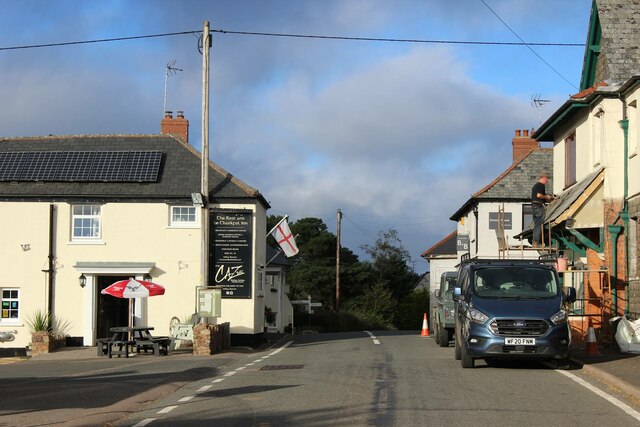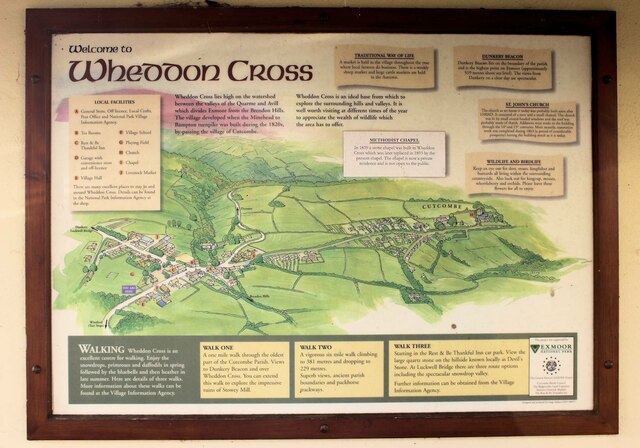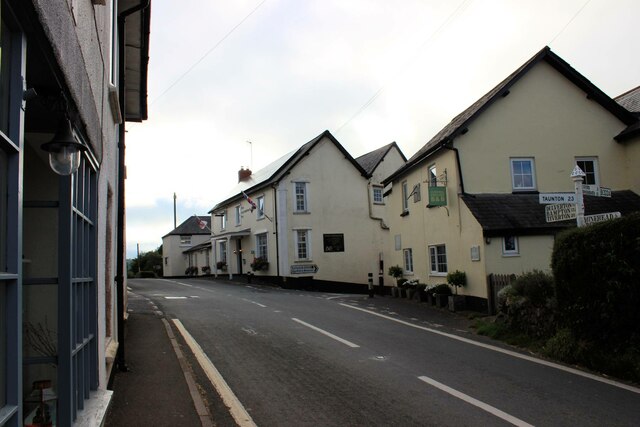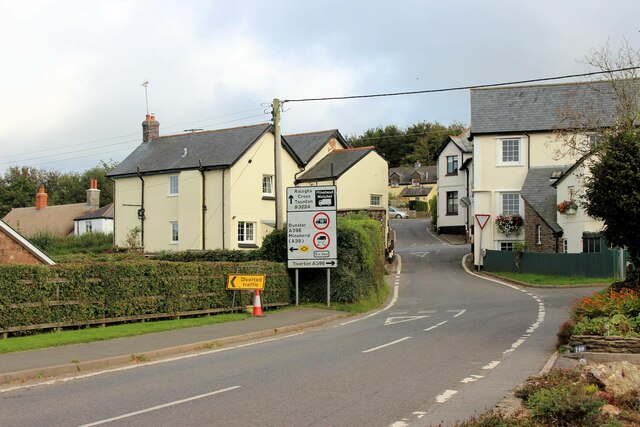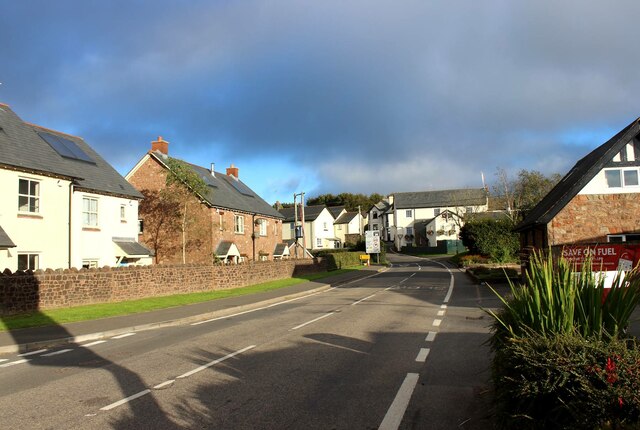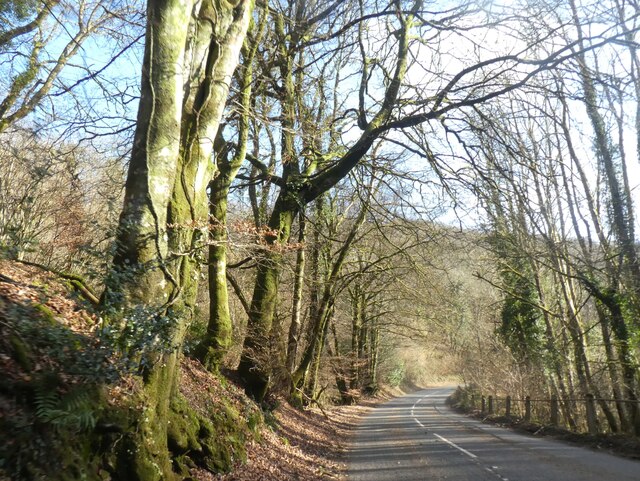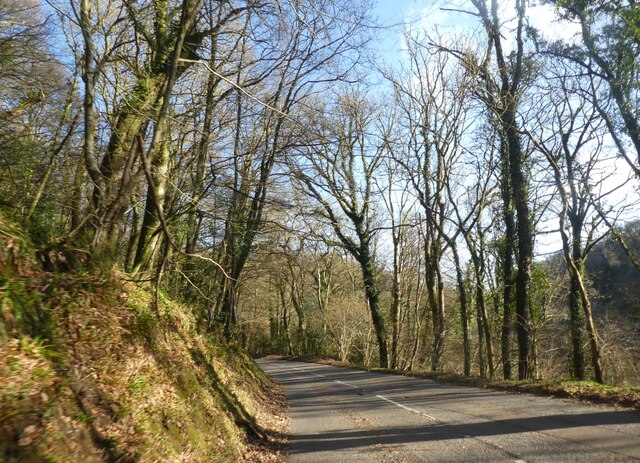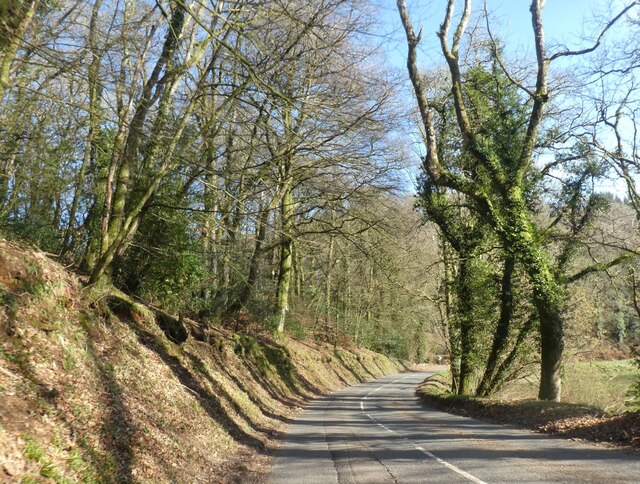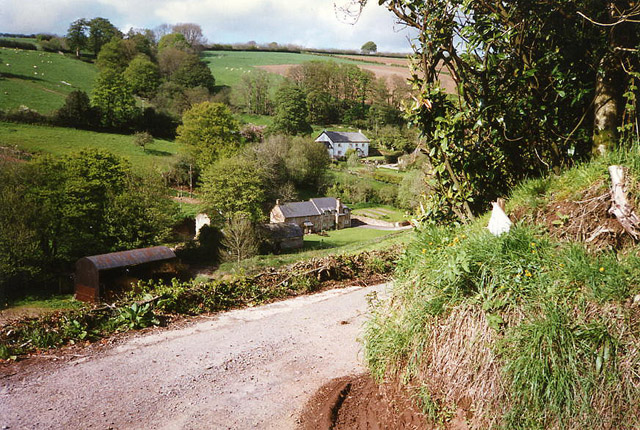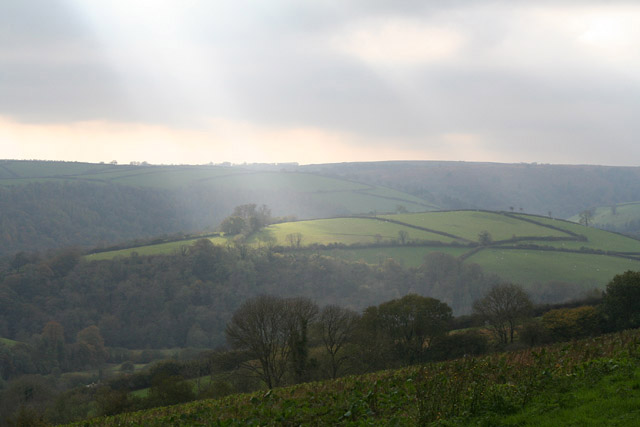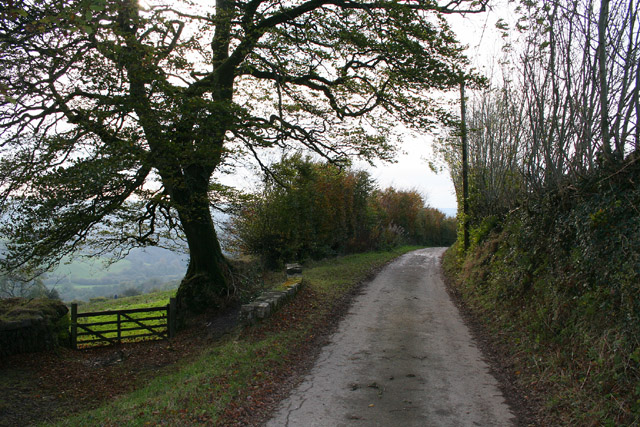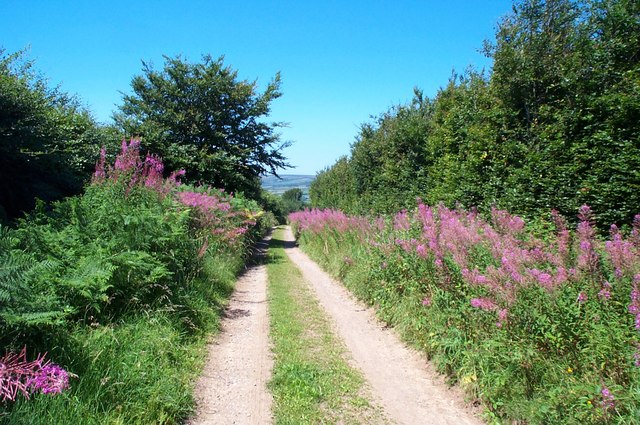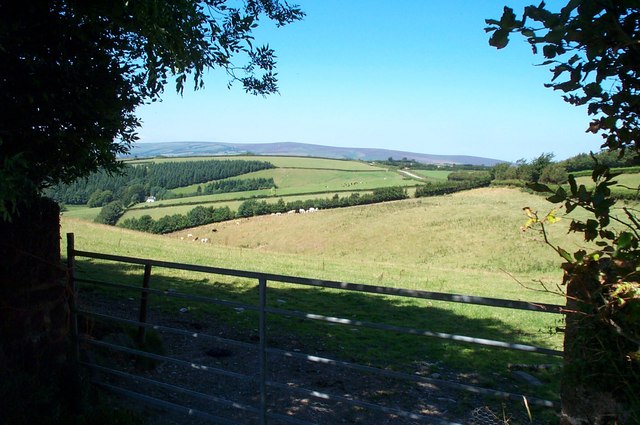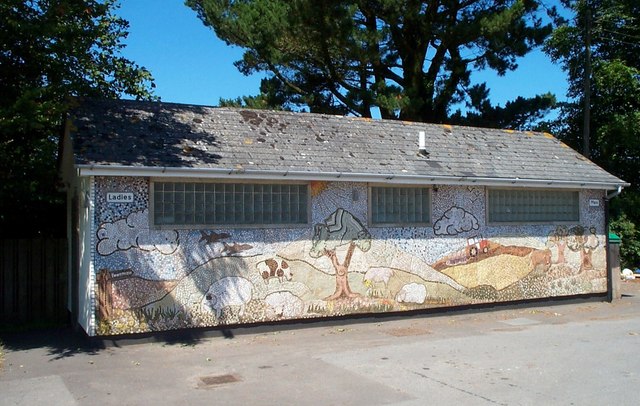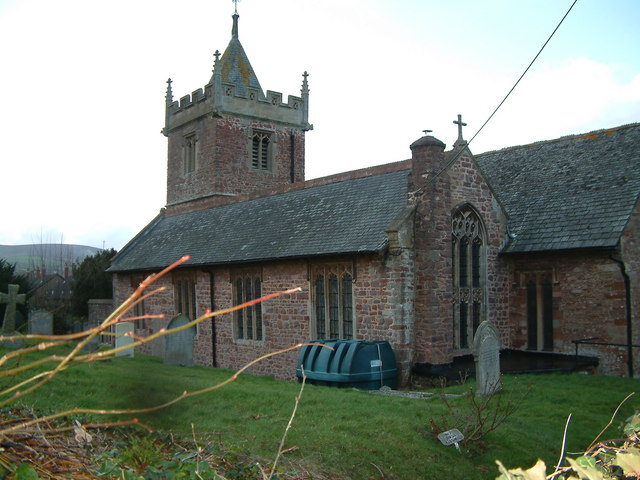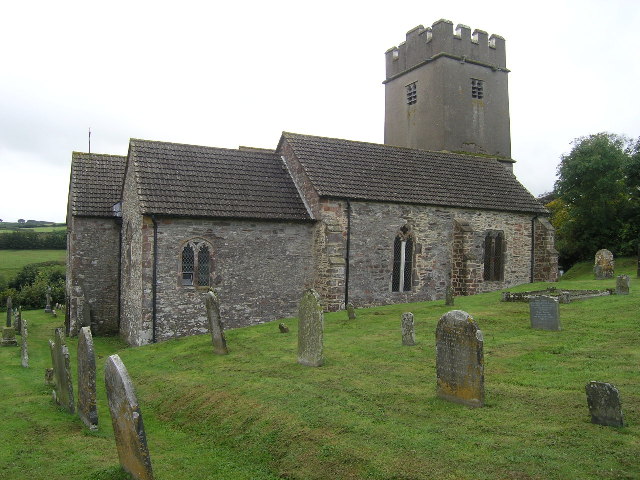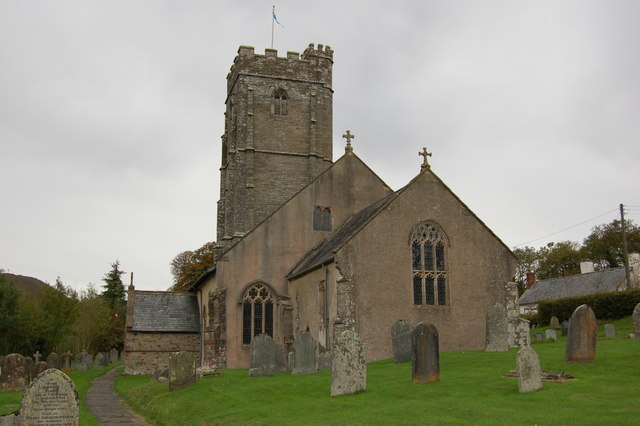Honeywell Plantation
Wood, Forest in Somerset Somerset West and Taunton
England
Honeywell Plantation
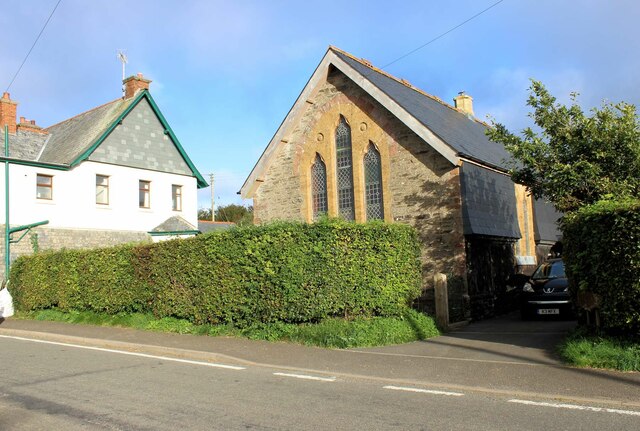
Honeywell Plantation, Somerset, also known as Wood or Forest, is a historical site located in the southern region of England. This plantation holds significant historical and cultural value, dating back to the 17th century.
The plantation covers a vast area of woodland and forest, offering a serene and picturesque environment for visitors. The dense vegetation, including a variety of trees such as oak, beech, and pine, creates a lush and green landscape throughout the year. The plantation is renowned for its well-preserved ancient woodland, which provides a habitat for numerous plant and animal species.
Honeywell Plantation holds a special place in history as it was once a thriving center for timber production. The woodland was carefully managed, and the timber harvested was used for various purposes, including shipbuilding and construction. Today, remnants of the old sawmill and other structures can still be seen, giving visitors a glimpse into the plantation's industrial past.
The plantation is also home to several walking trails, allowing visitors to explore the vast woodland and its natural beauty. These trails offer an opportunity to witness the diverse wildlife that inhabits the plantation, including deer, foxes, and a wide variety of bird species.
In addition to its historical and natural significance, Honeywell Plantation also serves as an educational site. It offers guided tours and workshops on forest management and conservation, promoting sustainable practices and raising awareness about the importance of preserving woodland ecosystems.
Overall, Honeywell Plantation, Somerset (Wood, Forest) is a remarkable site that combines history, nature, and education. Its rich heritage and natural beauty make it a must-visit destination for history enthusiasts, nature lovers, and those seeking a tranquil escape from the bustling city life.
If you have any feedback on the listing, please let us know in the comments section below.
Honeywell Plantation Images
Images are sourced within 2km of 51.121499/-3.5470781 or Grid Reference SS9136. Thanks to Geograph Open Source API. All images are credited.
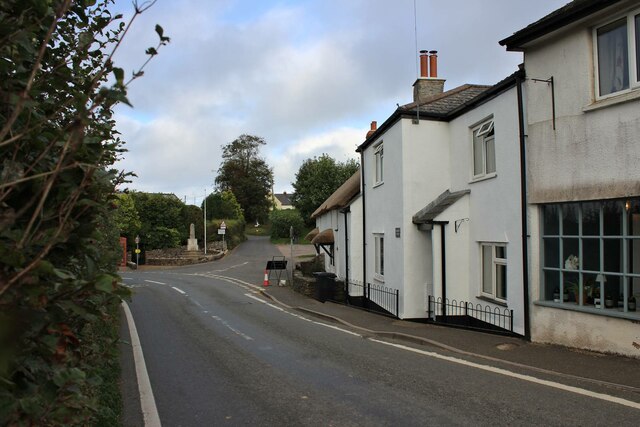
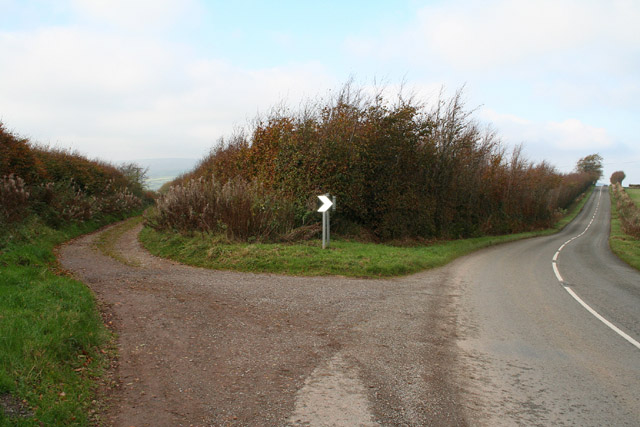
Honeywell Plantation is located at Grid Ref: SS9136 (Lat: 51.121499, Lng: -3.5470781)
Administrative County: Somerset
District: Somerset West and Taunton
Police Authority: Avon and Somerset
What 3 Words
///romantics.accusing.shifts. Near Dulverton, Somerset
Related Wikis
Timberscombe
Timberscombe is a village and civil parish on the River Avill 2.5 miles (4 km) south-west of Dunster, and 5.5 miles (9 km) south of Minehead within the...
Garratts Wood
Garratts Wood is a woodland in Somerset, England, near the village of Winsford. It covers a total area of 1.11 hectares (2.74 acres). It is owned and managed...
Cutcombe
Cutcombe is a village and civil parish 9 miles (14 km) south of Minehead and north of Dulverton straddling the ridge between Exmoor and the Brendon Hills...
Church of St John, Cutcombe
The Anglican Church of St John in Cutcombe, Somerset, England was built in the 13th and 14th centuries. It is a Grade II* listed building. == History... ==
Winsford, Somerset
Winsford is a village and civil parish in Somerset, England, located about 5 miles (8 km) north-west of Dulverton. It is within the borders of the Exmoor...
Brendon Hills
The Brendon Hills are a range of hills in west Somerset, England. The hills merge level into the eastern side of Exmoor and are included within the Exmoor...
St Peter's Church, Exton
The Anglican St Peter's Church at Exton within the English county of Somerset has a 13th-century tower and 15th century aisle. It is a Grade II* listed...
Exton, Somerset
Exton is a village and civil parish 5 miles (8 km) north-east of Dulverton and 9 miles (14 km) south-west of Dunster in Somerset, England. It lies on the...
Have you been to Honeywell Plantation?
Leave your review of Honeywell Plantation below (or comments, questions and feedback).
